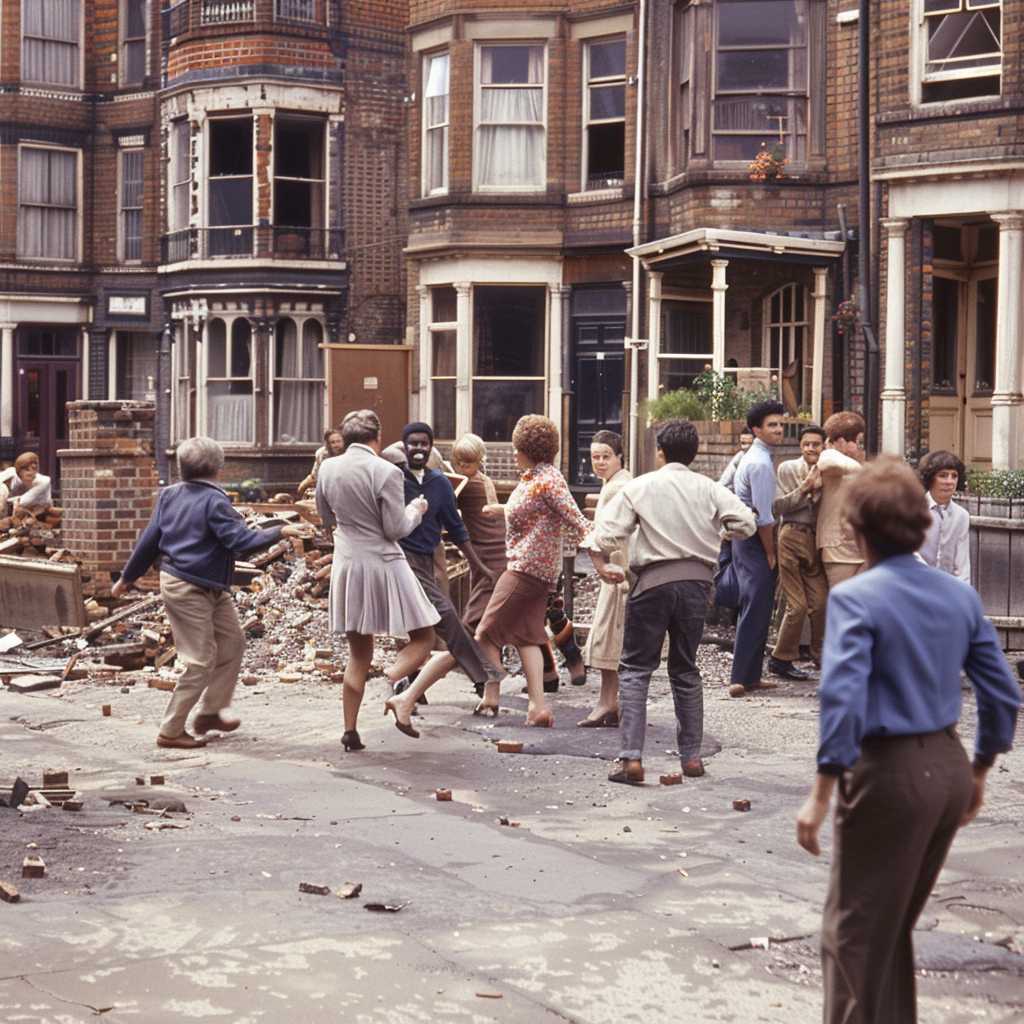The Enduring Appeal of BBC’s EastEnders: A Reflection on a British Cultural Staple
EastEnders, the venerable British soap opera, has cemented itself as one of the nation’s most beloved television series. First broadcast in February 1985, the show has grown to become a cornerstone of BBC’s programming, providing viewers with a blend of drama, romance, and compelling storylines that reflect the challenges and triumphs of everyday life.
Origins and Growth of EastEnders
The series was created by Julia Smith and Tony Holland as a means to reflect the gritty realism of urban London life. Set in the fictional Borough of Walford in the East End of London, the focal point of EastEnders is Albert Square, where the residents’ lives intertwine in complex ways. Since its inception, the show has tackled various topical themes running from family squabbles to larger social issues such as poverty, crime, addiction, mental health, and diversity.
Evolving Themes and Storytelling
Over the decades, EastEnders has gained acclaim for its sensitive handling of topical issues. Writers have been unafraid to tackle subjects that might be deemed controversial or challenging while maintaining an authentic narrative consistent with its setting and characters. Such storytelling decisions have ensured that the show remains relevant to its audience as well as a vital part of the cultural conversation in Britain.
Characters and Iconic Moments
EastEnders has been notable for creating some of the most memorable characters in British soap opera history. This character lineup includes the likes of Dirty Den Watts, played by Leslie Grantham; his tangled plotlines in particular gripped audience imaginations. Similarly, enduring matriarchs like Peggy Mitchell (played by Barbara Windsor) have provided iconic moments with catchphrases like “Get outta my pub!”
Key plotlines such as Den serving divorce papers to his wife Angie on Christmas Day 1986, achieving some of the highest ever soap viewing figures in UK history, showcase how ingrained into popular culture EastEnders has become. These moments are part of the communal lexicon and highlight the powerful impact televised storytelling can have on society.
Social Impact and Community Engagement
EastEnders also contributes to faith in community and societal unity. The often complex yet endearing dynamics between characters represent an extended family model, where bonds are tightened through shared struggle and triumphs. The show’s ability to foster community engagement is evidenced in how audiences gather both virtually and sit together to watch episodes unfold, often leading discussions around real-life concerns mirrored in EastEnders storylines.
Technological Transformation and Continuity
Advancements in technology have enabled EastEnders to evolve its approach to broadcast and multiply its channels of viewer engagement. Through various digital platforms offering catch-up opportunities and exclusive content, aficionados can experience Walford beyond the television screen. The introduction of high-definition broadcasts in 2010 was one such technical upgrade enhancing the viewing experience.
Financial Contribution to BBC
EastEnders has substantial financial significance for the BBC as one of its flagship shows. With continuous support and investment due to its broad appeal and established fan base, it stands as a reliable advertisement and brand integration vehicle for markers. Such financial import guarantees the continuity and quality production that fully utilises BBC’s talent pool both in front of and behind the camera.
